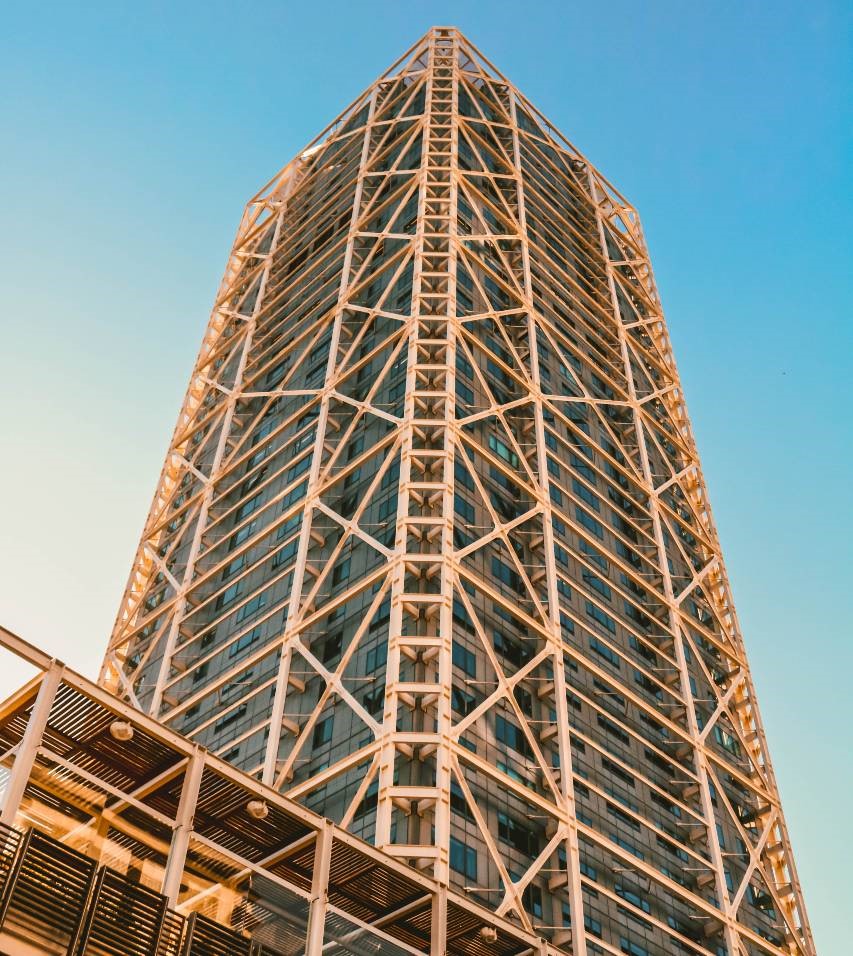Does the budget signals more profit for domestic steel players or poses a threat of cheap steel imports from China?
In the recent Union budget 2021 presented by Finance Minister Nirmala Sitharaman, it was proposed to reduce the import duties of semi flat steel products, primarily used in bridges, pipelines from 12.5 percent to 7.5 percent. Furthermore, the customs duty on the long steel products primarily used for rails, wire rods and infrastructure would be reduced from 10 percent to 7.5 percent, which indicates a price reduction by nearly Rs.2000 at the current price level.
The news had sent a sense of worry in the market. However, this decision is not a major concern for the domestic steel players since India imports more than 60 percent of its flat steel from the countries with which it had signed a free trade agreement. Hence imports from South Korea and Japan won’t have any impact while the imports from non FTA countries especially China will become more competitive. The import of long products stands irrelevant owing to nil imports of these products.
Domestic HRC prices which were trading at around Rs.36000 in June 2020 witnessed a sharp rise of 54 percent to a record high of Rs 58000 backed by the strong revival in domestic steel demand, rise in iron ore prices and steep rise of 56 percent in global steel prices. But prices were reduced to Rs 56000 because of the strong resistance from end user industries. China’s steel price after inclusion of freight charges and revised custom duty is around Rs.55000. We can likely witness a reduction of 5-10 percent in domestic steel prices which will give enough legroom and make domestic players more competitive as far as imports from China is concerned. Whereas, there is less threat from Europe and USA owing to their high prices unless and until there is significant fall in international prices. Domestic prices are much below the landed cost of imports from most countries.
However, the domestic steel players would gain from the government’s decision to increase capital allocation to metro rail infrastructure by 175 percent and further aided by the introduction of public transport services worth Rs 18000 crore. The budget further allocated an increased expenditure in capital expenditure of Rs. 5.54 lakh crore in the next fiscal. Allocation of more than 500 new projects in National Pipeline Infrastructure (NIP) and an increase in capex in health care infrastructure will further boost steel demand. Tax rebate of Rs 1.5 lakh extended upto March 2022 in Affordable housing sector and announcement of scrappage policy in auto sector will augment growth for steel. The Budget has also allocated Rs 1,18,101 crore for Ministry of Road Transport and Highways. Thus, the future of domestic steel industries looks bright. Moreover, the secondary steel makers will benefit from the reduction in import duty on scrap.
Thus the Indian’s Government decision to cut import duties on special steel grades is not going to hurt the domestic steel players badly. But the increased allocation in investments in core sectors like railways, roadways, infrastructure, affordable housing, power, and petroleum and natural gas will usher higher profitability in long term perspective.



